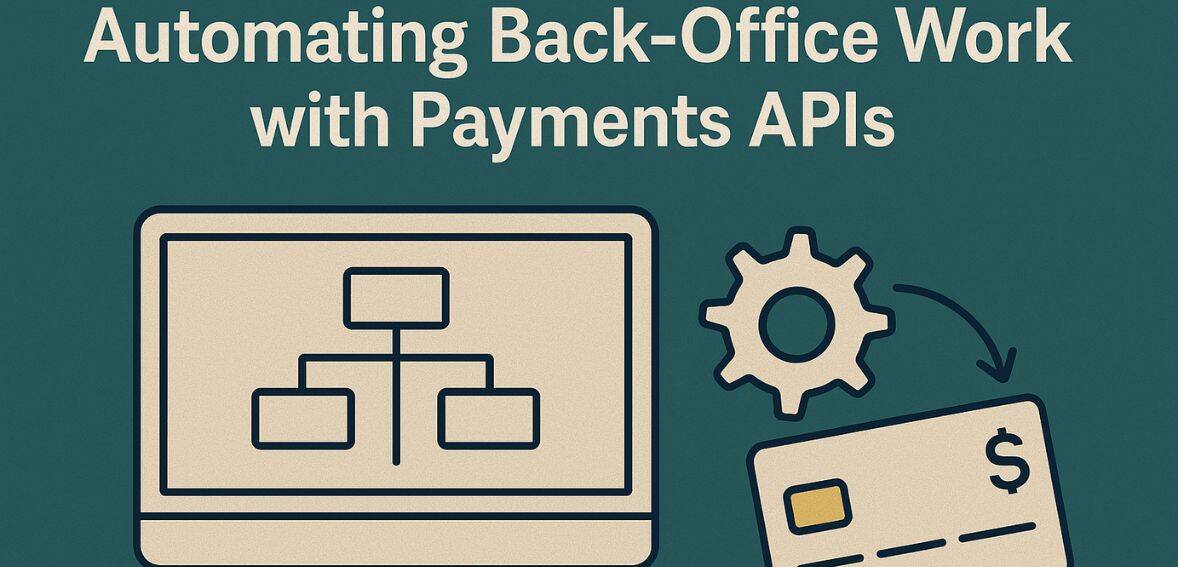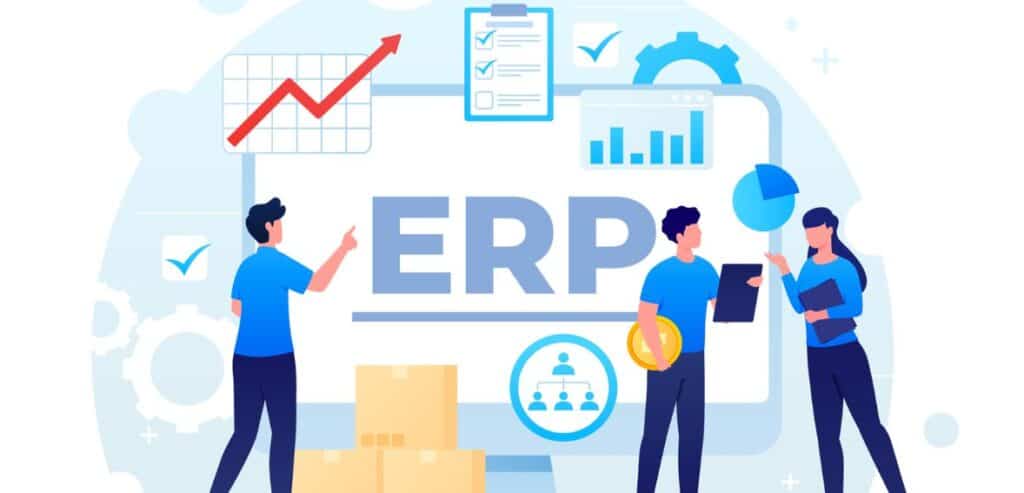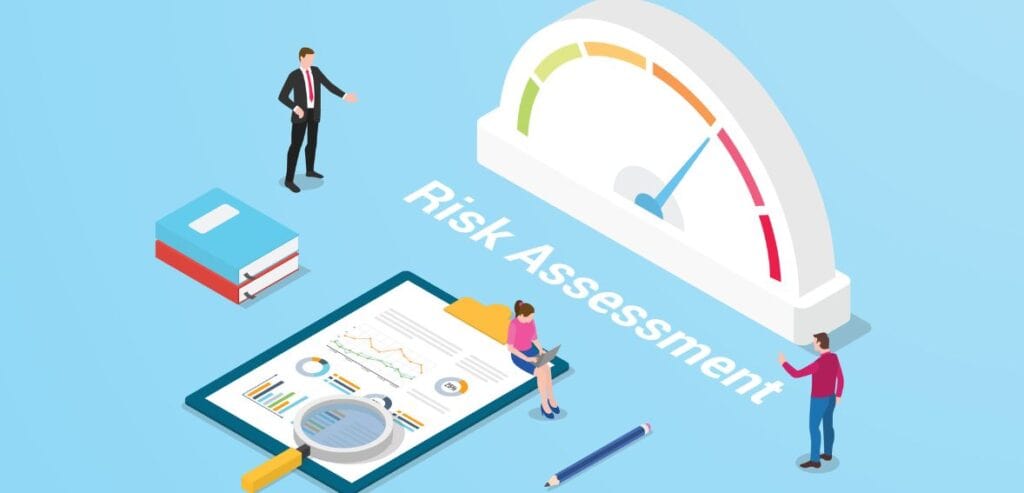
By alphacardprocess July 13, 2025
Every successful transaction involving a customer is the result of a complex web of backend operations. Accounting, reconciliation, reporting, payouts, compliance checks, and audit logging are examples of back-office duties that can significantly impact a company’s overall health. Manual processes are not scalable for businesses that handle a large volume of transactions, whether in the retail, fintech, e-commerce, healthcare, or subscription-based service industries.
Payments APIs can help with that. Payments APIs are becoming essential tools as companies modernize, not only for managing front-end transactions but also for increasing back-office productivity. They provide a comprehensive method of streamlining processes that are frequently hampered by system silos, redundant data entry, and human error. Businesses gain accuracy, control, and real-time financial intelligence in addition to time when these tasks are automated.
In this article, we’ll explore how Payments APIs can optimize back-office workflows, from transaction monitoring and ledgering to compliance reporting and reconciliation. We’ll look at why automation matters, what makes an API truly powerful, and how organizations are using these tools to unlock growth and reliability.
Understanding Payments APIs in a Back-Office Context

Payments APIs are frequently linked to processing credit card transactions or enabling checkout. However, their function goes well beyond that one sale. Endpoints that enable companies to work with payment data, retrieve settlement records, start refunds, and integrate transactional insights straight into their enterprise systems are all part of a strong Payments API ecosystem. These APIs act as a link between operations and payments in back-office settings.
For example, APIs can sync transactions in real-time, eliminating the need to download spreadsheets and manually import data into accounting software. Similarly, structured data can be pulled by APIs and automatically compared to ledger entries, eliminating the need to manually reconcile thousands of entries across various payment methods or currencies. By doing this, bottlenecks are removed and the likelihood of inconsistencies is significantly decreased. It’s crucial to ensure your merchant services can support this level of automation.
When APIs are used strategically in back-office tasks, they stop being just technical tools and start becoming productivity drivers.
Real-Time Transaction Visibility
It is no longer acceptable for finance teams to wait hours or days for transaction reports. Real-time cash flow visibility is crucial in a world where decisions must be made quickly. Finance managers can observe the inflow and outflow of funds in real time thanks to payments APIs, which offer constant access to real-time transaction data.
Monitoring KPIs like sales volume, refund rates, and settlement delays, as well as identifying unauthorized activity and anomalies early on, is made simpler by this real-time access. APIs can be used to centralize data from various processors or regions for businesses that operate across multiple platforms or geographical locations. This comprehensive approach facilitates more precise forecasting and allows for prompt interventions.
Streamlined Reconciliation
Reconciliation is one of the most time-consuming and error-prone tasks in any back office. It becomes difficult to match deposits to invoices when a company manages transactions across several payment gateways, currencies, and banks. Data alignment across different systems done by hand is ineffective and error-prone.
By offering structured transaction records that can be easily incorporated into accounting software or ERP systems, payments APIs streamline this procedure. APIs can retrieve bank settlement data and compare it with chargebacks, refunds, and payment authorizations. The need for human review can be decreased by configuring automation rules to flag discrepancies immediately.
More significantly, instead of batching everything at the end of a financial period, automation can facilitate continuous reconciliation, in which systems continuously check for alignment. Finance teams can close books more quickly and lower the cost of end-of-month crunch periods with this real-time approach.
Accelerating Refunds and Dispute Management
Particularly in industries with high transaction volumes or varied fulfillment timelines, refunds and disputes are unavoidable. However, handling these procedures by hand results in delays that irritate clients and add to the operational burden. Customer support teams can initiate refunds straight from CRM platforms or customer service dashboards thanks to payments APIs.
The API call takes care of it immediately rather than switching between systems or giving finance manual instructions. Programmatic retrieval of refund confirmations, status updates, and reasons guarantees that finance, support, and customers are all working with the same data. Automation can also help with dispute resolution.
When a chargeback is started, APIs can alert internal systems and even send the necessary paperwork straight to the processor’s dispute resolution platform. A quicker, better-coordinated response with less overhead is the result.
Optimizing Ledgering and Financial Reporting

APIs categorize and tag transactional events for ledgering purposes in addition to capturing them. For businesses that must categorize payments according to product lines, channels, regions, or departments, this is especially crucial. This classification frequently necessitates several review cycles in the absence of automation. Payments APIs have the ability to add custom fields or metadata to transactions in real time.
The general ledger entries can then be automatically sorted using these fields. The payment method, fee structure, tax category, and processing status—all essential components for accurate reporting—could be included in a single API response, for instance. With this degree of automation, financial reports are guaranteed to be accurate and to reflect reality almost instantly. It also empowers teams to drill down into financial performance by segment without needing to build complicated spreadsheets or run manual reports.
Enhancing Compliance and Audit Readiness
A thorough audit trail and adherence to regionally specific regulatory standards are necessary for maintaining compliance. The stakes are high, whether it’s Sarbanes-Oxley for financial accuracy, GDPR for data privacy, or PCI DSS for card transactions. Fines or unsuccessful audits may result from an undocumented transaction, an inconsistent report, or a missing record.
Payments APIs programmatically record every transaction step, which aids in the development of auditable systems. It is simple to follow any transaction from start to finish thanks to time-stamped records of authorizations, settlements, and refunds. When dealing with internal or external audits, this openness is essential.
Furthermore, a lot of APIs enable the tokenized storage of private payment information, which lessens the PCI burden on companies. APIs refer to tokens for upcoming transactions, subscriptions, or refunds rather than storing raw card numbers. This greatly reduces risk and ensures compliance while maintaining functionality.
Integrating with ERP and Accounting Systems

The ability to sync data across systems is one of the main advantages of Payments APIs in the back office. A CRM, an ERP, a subscription manager, and an e-commerce store are just a few of the platforms that many modern businesses use. People bear the responsibility of syncing data when each function operates independently. APIs, however, remove that friction.
Businesses make sure that every payment, refund, and adjustment goes smoothly into financial records by directly integrating Payments APIs with accounting software such as NetSuite, QuickBooks, or Xero. Seamless payment API integration ensures consistent data flow across platforms, reducing errors and eliminating manual input.
Transaction data can update invoices, cause journal entries, modify receivables, or flag anomalies for examination with the correct setup. This degree of integration guarantees accuracy everywhere while lowering operational load. It also frees up finance and operations teams to focus on analysis rather than data entry.
Supporting Subscription and Recurring Revenue Models

SaaS companies and membership-based platforms are examples of businesses that depend on recurring revenue and must manage automated billing, unsuccessful payment attempts, renewals, and upgrade planning. This is not only feasible but also scalable thanks to payments APIs. Subscriptions can be started, stopped, resumed, or canceled using APIs.
Retries for payments can be started using custom logic (e.g., retrying after 48 hours or using a different card). Intelligent workflows are made possible by API responses that offer reason codes for errors. For instance, an automated email request for updated information may be sent in response to a failed charge because the card information has expired.
Subscription models become more seamless and less vulnerable to revenue leakage when all of these tasks are automated. Because interruptions are reduced and renewals take place in the background, the customer experience is also enhanced.
Driving Operational Efficiency Across Departments
Although finance and IT stand to gain the most from APIs, their influence extends to other departments. Logistics can predict shipping volumes based on paid orders, customer success can tailor outreach based on billing history, and marketing can use transaction data to attribute campaigns.
Silos break down and insights expand when data flow between payments and other tools is automated. Three departments shouldn’t have to manually reconcile the history of a customer who cancels a subscription, requests a refund, and then renews—all within the same month.
These events can be tracked holistically and synchronized across systems thanks to payments APIs. Additionally, a dependable API infrastructure lessens reliance on ad hoc reports, emails, and spreadsheets. Based on real-time payment data, teams can create dashboards, initiate workflows, and set alerts without having to ask questions for updated information.
Managing Risk and Reducing Errors

There is always some risk involved when handling data by hand. A vendor payment may be delayed due to a minor typo in a bank account number. An account may be overdrawn due to a mismatched refund. Despite being inevitable, human error is expensive and preventable. Consistency and validation are produced at every stage when workflows are automated using Payments APIs.
Payout rules can enforce limits, amounts can be verified against order data, and approvals can be integrated into the process before an API call. Errors become the exception rather than the rule. For expanding businesses, where headcount might not grow as quickly as transaction volume, this standardization is especially helpful. By using APIs, you can build a scalable framework without requiring additional help.
Future-Proofing Your Operations
Businesses need to change as they do. Regulations shift, new payment methods appear, and consumer expectations rise. Rapid change strains manual systems, but API-driven infrastructures adjust more easily. Businesses can pivot more quickly by developing back-office procedures on top of Payments APIs, whether that means launching a new subscription tier, breaking into a new market, or satisfying a new compliance requirement.
These systems are adaptable, expandable, and modular. Your operations become more like software when you use API-first strategies because they are adaptable, robust, and always getting better. You’re laying the groundwork for future growth in addition to resolving today’s issues.
Conclusion
Using Payments APIs to automate back-office processes is now essential, not just a competitive advantage. The speed, volume, and complexity of contemporary commerce are simply too great for manual processes to handle as businesses expand and customer expectations rise. Businesses can manage transactions in real time, reconcile more quickly, and report with confidence by utilizing Payments APIs.
The advantages are extensive, ranging from audit readiness to real-time visibility. Operations become more effective, finance teams become clearer, and customer experiences are more seamless. What used to take days of manual labor can now be done precisely in milliseconds.
Financial operations can be programmed for the future. Businesses are using Payments APIs to engineer a more intelligent, integrated, and scalable approach to money movement rather than merely automating tasks. By doing so, they build the foundation for sustainable growth, compliance, and resilience in a digital-first economy.